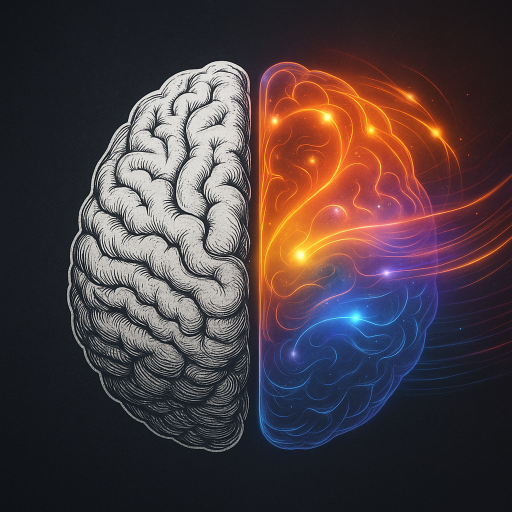Daniel Kahneman’s research on System 1 and System 2 thinking helps explain why some workplace decisions — especially around technology like AI — feel rushed or oversimplified. His model shows that we don’t always think in one consistent way. Instead, we alternate between two systems:
- System 1 is fast, intuitive, and emotional. It helps us make quick judgments and act efficiently.
- System 2 is slower, more analytical, and deliberate. It’s what we engage when we need to weigh options, solve unfamiliar problems, or question assumptions.
In busy work environments filled with deadlines and pressure, System 1 often dominates. It’s efficient and effortless, but not always thorough. When someone says “We’ll solve this with AI,” it can be a natural System 1 response — a quick solution that feels right in the moment.
This isn’t a failure in thinking. It’s how the human brain manages complexity and energy. Under pressure, we conserve cognitive resources and default to familiar or broadly accepted ideas — and AI has become one of those ideas.
What makes AI especially prone to this shortcut is that it has become a high-trust symbol of innovation. Mentioning it signals alignment with modern thinking, which can reduce friction in group discussions — another key feature of System 1.
But some challenges require us to shift gears. When we stay in System 1 mode too long, we might:
- Frame the problem too narrowly
- Overestimate what automation can do
- Delay asking critical questions
Encouraging a System 2 shift doesn’t mean slowing everything down. It means creating moments in workflow or discussion that invite analysis:
- “What specifically do we want AI to solve here?”
- “Have we seen similar problems before — and how were they resolved?”
- “What’s the smallest version of this we can try manually first?”
These prompts don’t judge System 1 — they support it by knowing when it needs backup.
Understanding System 1 and 2 thinking helps explain not just why people mention AI, but how teams can work with those instincts. By respecting both systems, we support more grounded decision-making without losing momentum.
AI is a valuable tool. But thinking about how we think — and making space for both speed and depth — can make our use of it even smarter.

